Why Afropean? – The 7.30 Train To Frankfurt
A few years ago, on a snowy January evening, a stranger mistook me for someone they had seen the previous week, aboard an evening train heading to Frankfurt. The moment lasted seconds, but our brief encounter would serve as a catalyst for what became a lifelong journey of (self) discovery.
As a mixed race teenager growing up on a council estate in the north of England, it was the first time I contemplated a self-image tied with any sort of elegance. Who knows what this other mixed race guy with an afro was like, or why he was going to Frankfurt, or where he came from. For me it was the notion that a stranger stopped me on the street that day, because they thought it was plausible I was a black European traveller. One minute racing through the wintry German evening on a train, the next walking down a street in Sheffield. It seemed to offer a glimmer of a new, positive identity, and ever since I’ve been searching for that person on the 7.30 train to Frankfurt, within and without.
At some point I started to realise that my reality wasn’t America in the 1960s, but Europe, now
Until that moment I’d spent much of my teenage years divided, existing in the strange liminal terrain between the parochial white, working class north of England, and ghettoised African American Hip-Hop culture.
Growing up in Sheffield, England’s third largest district, I got the sense that Britain had just about come to terms with calling black people British, and a lot of the racism I witnessed was now being directed towards Asian communities. Inevitably though, I knew I was always on the fringes of British national identity. If there was an argument or a fight in the school playground, words like nigger or wog would rear their ugly heads again. I sensed that prejudice still lurked in the white British subconscious.
Things became more subtle: I was sort of English, almost British, kind of European and because of this, I started to seek out answers about my European identity in relation to my black experience. The problem was that nothing around me resonated, really. Black Britain was still largely seen as Caribbean, despite the fact that the mixed race community was the fastest growing ethnic group in the country, and African migrants began their steady rise to becoming the predominant black presence in Britain by 2011. More than that though, where I grew up it seemed the black community used the aesthetics of gangsta rap as a way of glamorising the destitution, the alienation, and the ugliness of their reality.
I wondered if, perhaps, we might attempt to stamp out a unifying identity together on this old, stubborn continent: strength in numbers, so to speak
I dabbled for a while too. I would dream of getting shot like 2pac, and then surviving, wearing my bullet scars as a badge of honour. It was no surprise to me when Sheffield, and other cities across the UK, witnessed what became known as ‘post-code wars’ which seemed to mimic the geographic East Coast / West Coast Hip-Hop feud that would ultimately claim two of the genre’s biggest stars. My area, S5, was at war with the nearby S3 district, and a lot of my childhood friends got caught up in it; either murdered, or put in jail. Very often these street wars started because somebody looked at someone else in the wrong way and things would spiral out of control. It wasn’t always about drugs and yet it was very definitely a tribal issue of territory.
Long before this all happened I knew I wanted to transcend this territory, and expand my horizons. Initially I thought the way to do this would be to get versed in civil rights literature and African American culture – I read Marcus Garvey, Malcolm X, Martin Luther King, and so on. It was an enriching experience, but at some point I started to realise that my reality wasn’t America in the 1960s, but Europe, now. That’s why this imagery of the man with the Afro on a train to Frankfurt was so powerful to me – it was the first time it occurred to me to look for an identity outside the boundaries of my council estate, outside of a Black Britain still so heavily geared towards its colonial Caribbean heritage and also of notions of blackness that America was forcing down my neck. I wanted to be part of a network of individuals who, in the words of Caryl Phillips, felt of, and not of Europe.
For the first time in my life I found a word that could be used to describe myself as something that sounds cohesive and whole – isn’t mixed this or half that or hyphenated in any way. Rather, ‘Afropean’ is a portmanteau – something whole but born of duality
I hadn’t found a sense of self in my corner of black Britain, so I started to wonder if there was a collective consciousness on the continent.
With the birth of the single currency and the Eurozone in the late ‘90s, Continental black Europeans had very real, economic reasons for understanding themselves as just that – black Europeans, rather than simply black French, or Afro German. But as someone from the UK – a small island both physically and spiritually adrift from mainland Europe – I simply found comfort in the idea of diasporic unity, and being able to connect with other pockets of black communities facing similar issues of identity and alienation. I wondered if, perhaps, we might attempt to stamp out a unifying identity together on this old, stubborn continent: strength in numbers, so to speak.
I first started to search for the person on the 7.30 to Frankfurt in the arts, particularly music, later becoming a music journalist. It would be through music that I would have my first encounter with the word ‘Afropean’.
If you listen to black music emanating out of Europe in the ‘90s and ‘00s, you can hear the sounds of the last wave of generation x coming of age; of true multiculturalism. There was a subtle shift into an age of fusion, of Acid Jazz, Jungle, Drum N Bass, Trip-Hop, UK Hip-Hop, Garage and Grime, of French Hip-Hop, Swedish Soul and German reggae. These are styles that really are a musical melange of influences and experiences, that aren’t merely referencing either black or white culture, but had been born out of an organic union of the two.
There were mixtures before of course – Mods found new meaning in Ska, working class northerners connected with soul. I myself am a Northern Soul child- my mum, a white Sheffielder, met my African American father when he was on tour with his group The Fantastics. But these unions seemed to be about celebrating difference, rather than being amalgamations.
That’s why I chose to use this rather new word that was born in the early ‘90s when these musical mixtures were being born. Afropean is a term that I felt reflected new identities on the continent and seemed appropriate for a number of reasons. Firstly it hints at cultural influence, rather than simply racial identification, and secondly, for the first time in my life it is a word I’ve been able to use to describe myself that sounds cohesive and whole – isn’t mixed this or half that or hyphenated in any way. Rather, it’s a portmanteau – something whole but born of duality.

Another reason the word interested me, is that it wasn’t invented on the desk of an anthropologist, but by the coming together of two brilliant artistic minds. The first time I know of it appearing was when David Byrne of The Talking Heads teamed with up with Marie Daulne (Zap Mama) to come up with a term to describe her music. Of Belgian and Congolese descent, Daulne grew up in what might be described as the Afropean capital of the world: Matonge in Brussels, and named Zap Mama’s first album after their self title debut ‘Adventures in Afropea’. This was on the verge of an explosion of Afropean music. IAM, the Hip-Hop crew from Marseille were going platinum, Jamiroquai broke records off the back of the Acid Jazz scene, and multicultural Bristol gave birth to Massive Attack and Portishead which would ultimately spawn the Trip-Hop inflected Afropean anthem ‘7 Seconds’ by Neneh Cherry and Youssou N’Dour. An aesthetic was starting to develop too, which seemed to take sophisticated influences from black and European culture. Stephen Simmonds from Stockholm, Les Nubians from Paris, Tasha’s World from Amsterdam, Joy Denalane from Berlin, Lynden David Hall from London and of course Zap Mama from Belgium all personified what I perceived to be this new ‘post- postcolonial’ Afropean style.
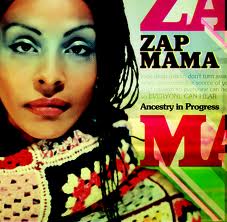
Similar to the cultural transactions that took place in the 1920s and 1930s of negritude Paris, some of these artists are also a direct product of liberal 1960s attitudes in Europe. There was a call for African and African American musicians across the continent, particularly in Sweden, Holland, France and Britain. Neneh Cherry, for instance, is the daughter of African American trumpeter Don Cherry; Stephen Simmonds, the son of a Jamaican musician touring Sweden at the time. The influence of black musicians on tour in the ‘60s and ‘70s may explain why many of these artists who were embracing this Afropean style were also connected with a genre of music that a record executive called Kedar Massenburg named ‘Neo Soul’. There was an organic texture to the instrumentation, references to Pan-Africanism, head wraps, earthy colours, Rastafarian knitwear all mixed with European sensibilities, streamlined English tailoring, French berets, Italian suits.
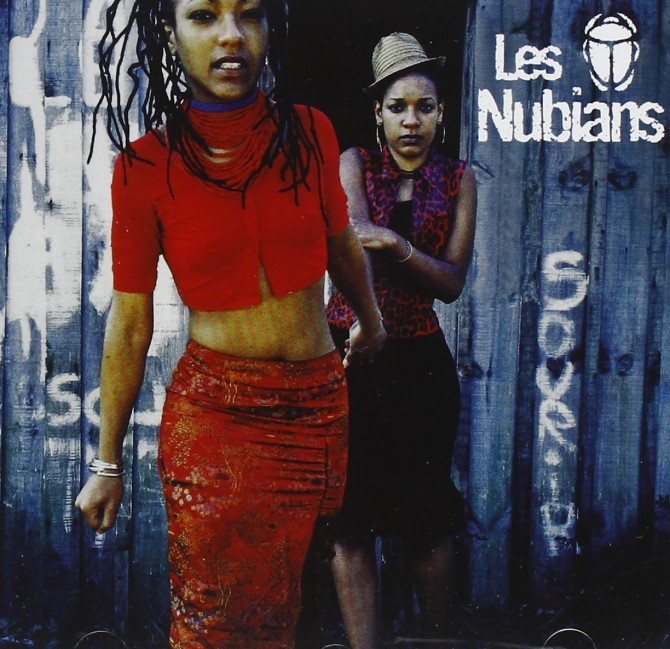
In fact I’d always perceived African American Neo Soul artists like Maxwell, Erykah Badu, Amel Larrieux, Meshell Ndegeocello and so on, as being very Afropean themselves, certainly what they were doing was very different from other African American styles at the time. This has, I think, something to do with the British soul revival scene of the late 1980s that included Omar, Soul 2 Soul, Sade, The Young Disciples, etc., who took classic American soul, brought it to Europe and added their own colours to the mix, which then travelled back to America and became what we know of as Neo Soul. With these musical migrations, fashion and lifestyle choices got picked up along the way too.
Nowhere was this Afropean and Neo Soul aesthetic explored more than in Claude Grunitsky’s Trace Magazine. ‘Transcultural styles and ideas’ was its tagline and Grunitsky, its founder, was born in Togo, raised in Paris, lived in London, and eventually moved to New York. The magazine reflected his own migratory path.
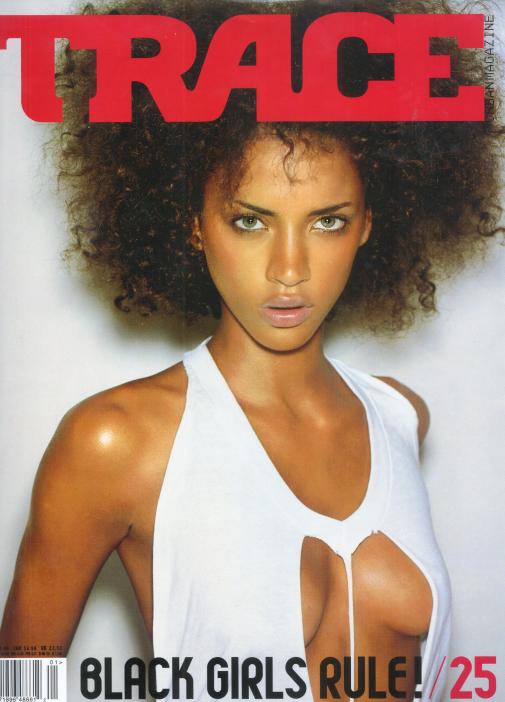
I started to see the term as not only speaking of an Afro-European experience, but of travel – of the voluntary movement and connection of black people rather than the usual black travel narratives of up-rooting, fleeing, survival and immigration.
It was in this spirit of travel, for travel’s sake, that I decided it was time to experience some of this Afropean culture for myself. After being mistaken for the guy with an afro on the 7.30 to Frankfurt, I’d unveiled a whole Afropean world of possibility, but it was just that, possibility – stuff I’d seen in magazines, heard on the radio, caught a whiff of in music videos.
Finally, one cold October morning I left for Europe to embark on a five month voyage, with the idea of writing about the people I met, and my own experience of travelling through the ‘white continent’ as a black backpacker. Initially I imagined myself heading to cool parties, checking out gigs, meeting fashionistas who’d managed to articulate their Afropean culture fluently. I wanted to provide a positive view of black people on the continent, rather than the usual depictions of disenfranchised immigrants and gangsters, or of a kind of mindless vibrancy and two-dimensional exoticism I feel white photographers so often search for in black communities.
These hinterlands were the first steps for the Afropean, where African traditions merged or sometimes clashed with big city Europe
Certainly, I tried to avoid clichés, but I was naïve to think Europe would show me only a convenient view that suited my hopes of what being Afro-European was about.
Europe, in the grip of its worst recession since World War II, was in a mess when I travelled around its major cities, and during the period in which I wrote up my notes. The single currency was trembling, there were major budget cuts, increased student fees and only two of the thirteen cities I visited didn’t have some sort of major protest going on whilst I was there. Anders Breivek murdered 77 people in a bid to ‘annihilate multiculturalism’ in Norway, the streets of Britain were being looted after Mark Duggan, a young black man, was shot and killed by police. For the first time in the country’s history the nationalist Swedish democrat movement in Sweden got seats in parliament, Neo-Nazism was on the rise across Eastern Europe, and the Neo- Fascist ‘Golden Dawn Party’ acquired unprecedented national support in Greece. Paris banned the Burkha, and the city was reeling from recent comments by French perfumier Jean-Paul Guerlain who called black people ‘niggers’ on national TV.
Though I met and photographed a lot of talented and fashionable Afropeans, success stories so to speak, I realised, through chance encounters, that I would be doing a disservice to the black diaspora by presenting only a superficial view of their, or rather our, experience.
I found that in search of black Europe I was often led to the periphery -Clichy Sous Bois in Paris, the Cape Verdean favela Cova Da Moura in Lisbon, the largely Muslim area of Rinkeby in Stockholm. Areas of Europe not presented in the tourist literature of its great cities, not in the fashionable scenes of a music video. Here were communities living on the fringes of society, culturally and geographically, who had a very different story to share. Some of these areas were depressing and dangerous, and spoke of failed integration. But there was also a different kind of dynamism to be found in what the author Doug Saunders calls ‘Arrival Cities’, where people, sometimes from African villages, begin to learn how to create a life as a European urbanite. These hinterlands were the first steps for the Afropean, where African traditions merged or sometimes clashed with big city Europe. Where the battle of transition was being fought, and where stories in the margins were edging their way into the pages of national narratives.
When I returned home I realised that the area I’m from – Firth Park in Sheffield – was one of these places, and I saw a fresh dynamism, where before there was only death and stagnation.
Paul Theroux once said, after writing a kind of polarized book to my own about his travels as a white man in Africa, that “you go away for a long time and return a different person – you never come all the way back”.
When I returned home after travelling as a black man in Europe, I too had changed. I came back with thousands of photographs, over one hundred and fifty thousand words worth of tatty notebooks and a fuller idea of what it meant to juggle the ‘double consciousness’ W. E. B. DuBois spoke of.
So how did I feel about this term ‘Afropean’ after my travels? I decided that it was a personal relationship I had with the word that had ultimately encouraged an existential experience of blackness. That it had allowed me, to quote Michael Eric Dyson, ‘to be rooted in, but not restricted by, my Blackness’.
Whilst the word can’t be confined to the fashionable elite, like perhaps ‘Afropolitanism’ is, I’m happy that the imagery it evokes for me is still one of optimism, of hybridity and integration, of newness and movement, rather than the violence and destitution black communities seem so often to be paired with.
Perhaps, since the word was born in the realm of music and popular culture, that’s where the word can thrive – as a cultural movement and a platform to encourage dialogue amongst various black communities living in and influenced by Europe and also with white Europeans interested in black and African culture.
I finished my first draft this year, and am currently knocking it into shape to be released as a book in 2015. But there was something that I didn’t include in my notes that I felt was too random and opaque an idea for the narrative. Leaving Amsterdam, on the way to Stockholm, I had to stop off in Cologne, where I’d catch an overnight sleeper train through Scandinavia. But I didn’t get on that train. Instead I decided to make a quick detour, and found myself in possession of a big smile, as a mixed race guy with an afro, who had finally boarded the 7.30 train to Frankfurt.
The essay was originally a talk at the Afro European conference held at Senate House in 2013. For a response to this piece from a different angle, check this article by Afropean co-editor Nat Illumine.
Here are some photographs of my Journey:
https://www.youtube.com/watch?v=-KY9qDV6Fhc
Johny Pitts

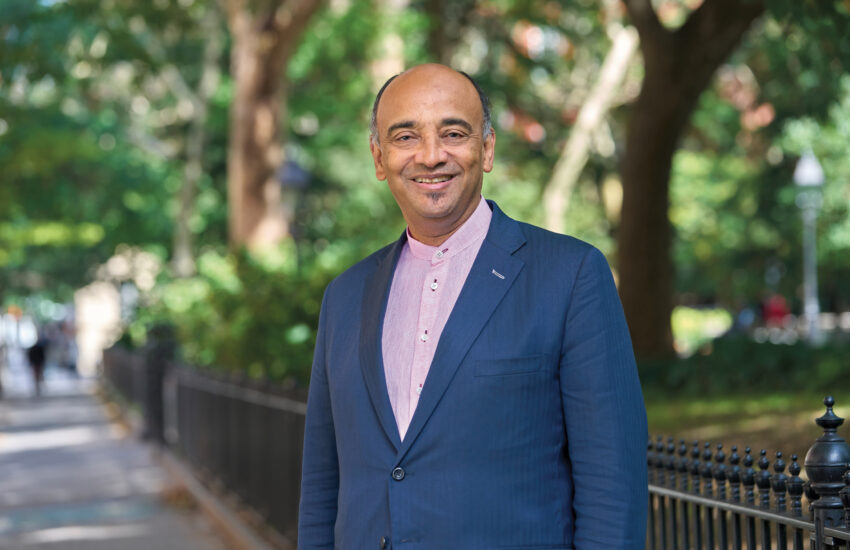
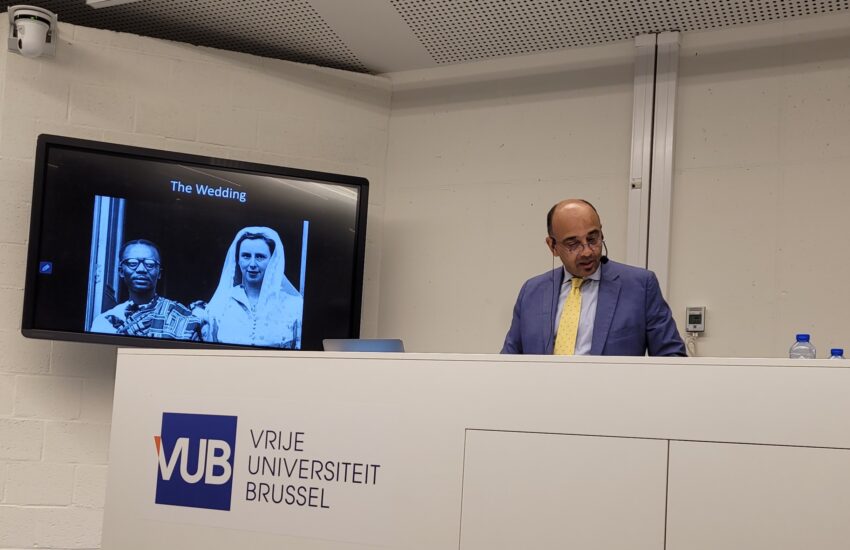
Thank you for sharing this.
I have too been recently going through some deep self-reflective thoughts about my place in European society as a mixed-raced child. I have too been drawn towards the African American experience: I have started listening to podcasts, reading more unconvential news outlets and “classic” African American books on racial injustice.
But exactly like you, I have struggled to recognise myself into those discourses. Not only because of my mixed heritage, but because my experiences in Europe (Belgium) were much different than what I was reading.
I have been thinking a lot about starting a conversation, a debate, something, on this issue, on how we Europeans perceive and deal with our own racial issues, and how those discourses and experiences can be different from those experienced in the U.S. My research brought me here, and I couldn’t be happier to read that I am not the only one.
Keep the good job going!